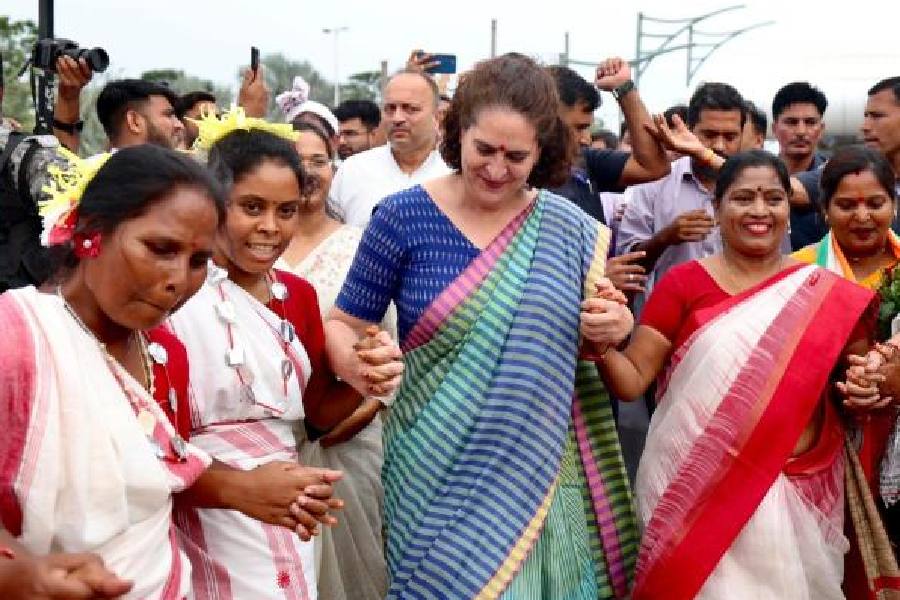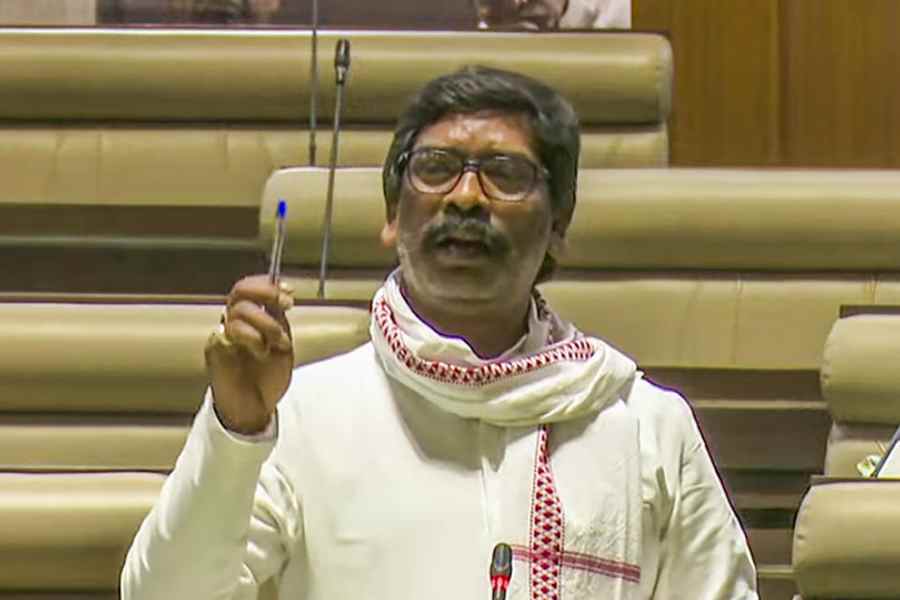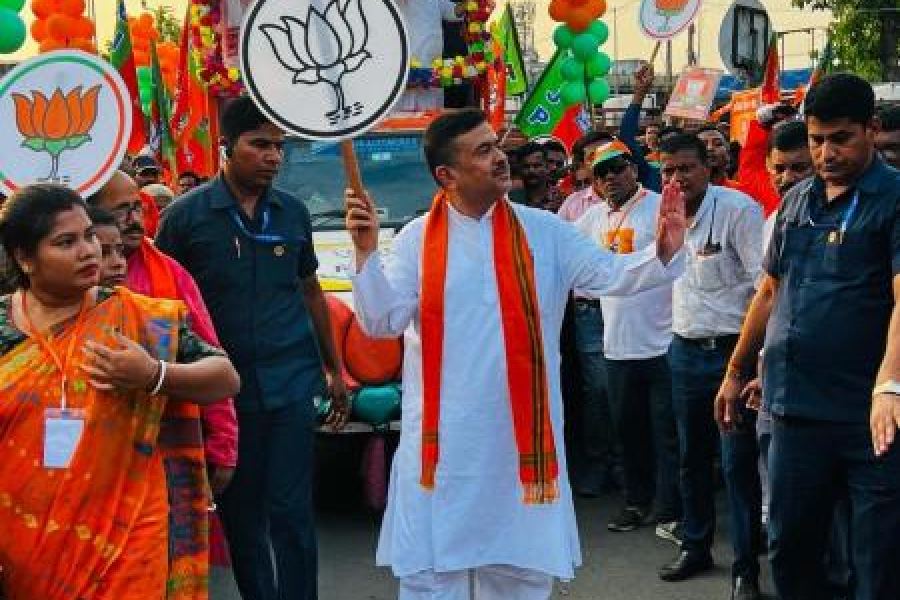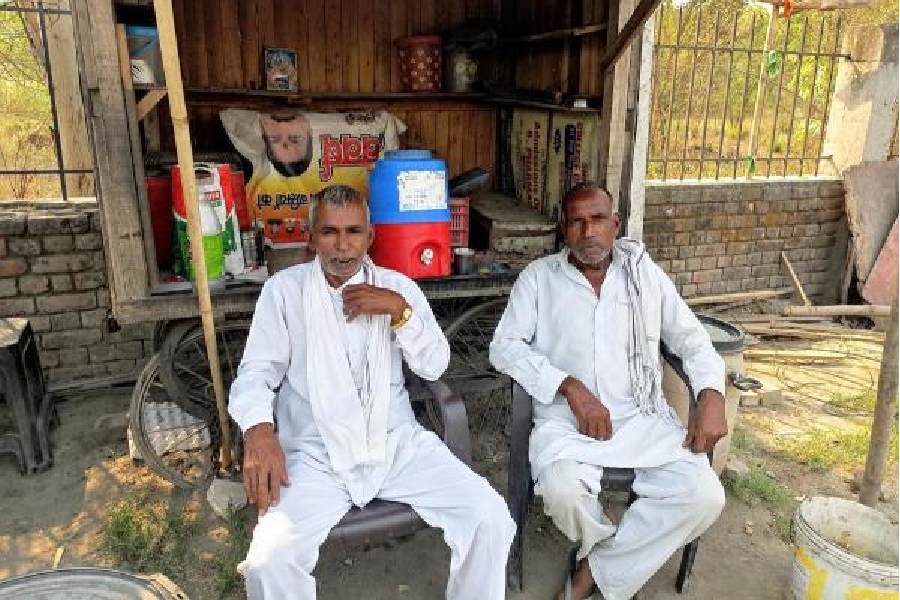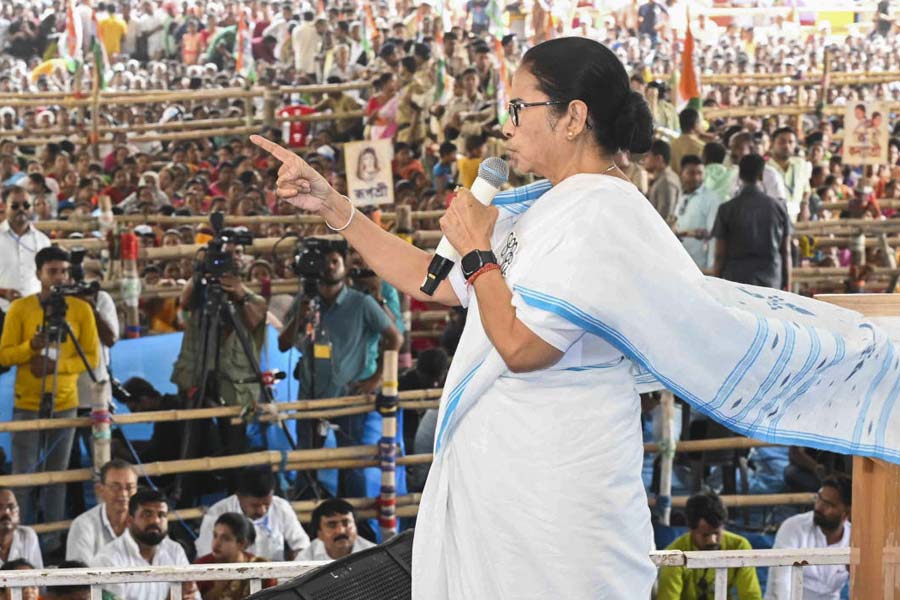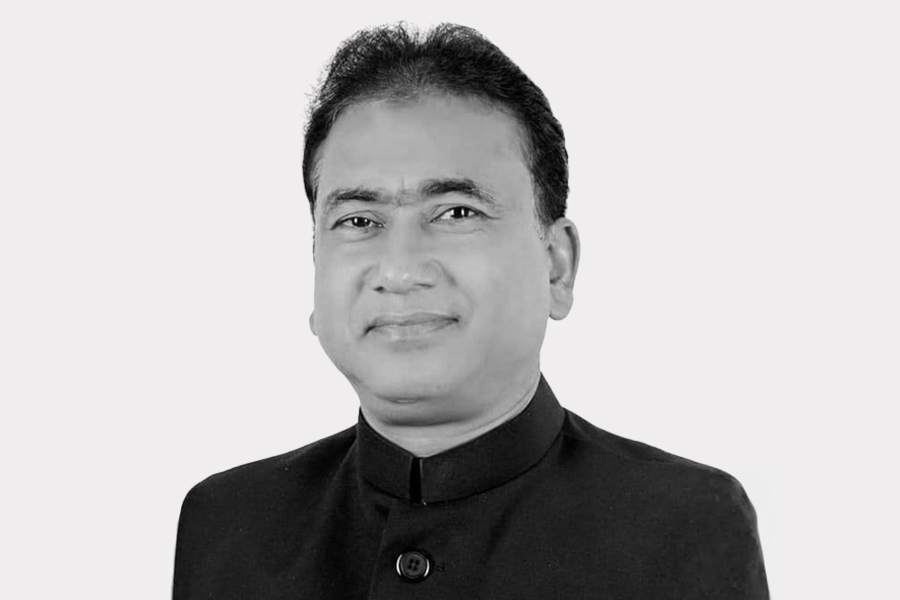A notice flashed on my mobile screen just as the Air India Express airbus from Calcutta touched down at Bagdogra airport. “Welcome to Nepal!” the announcement read. “Now you can stay connected with our international roaming plans.” Did that mean that Gorkhaland now engulfed the Dooars? Or was landlocked Nepal asserting lofty territorial claims? Perhaps we were already in China with Mamata Banerjee’s multilingual bailiwick giving the lie to Narendra Modi’s brave boast that “not an inch of our land was lost.”
Things are often aggravated in the hills. Personalities loom large. Influence seems more decisive. Construction threatens to overwhelm hill and plain. The daunting challenge of unemployment is not solved by creating endless government jobs. Joan Robinson’s assessment, “Whatever you can say about India, the opposite is also true”, seems even more pointed in a tiny locale that rolls down from the Himalayan snows. The cumbersome, seven-phase 18th Lok Sabha election heightens the drama with ominous warnings that Sikkim might one day acquire a Bihari or Marwari chief minister.
The Gazetteer of Sikhim called this region “the Belgium of Asia”. Nepal, Bhutan, Sikkim, Tibet, China and British India came to blows here over clashing territorial claims. This was where Jawaharlal Nehru’s daughter betrayed his memory after China’s stab in the back had destroyed his spirit. “If we bring a small country like Sikkim within our fold by using force, it would be like killing a fly with a bullet”, the idealistic Nehru told The Statesman. Indira Gandhi had no time for such ideals.
A young ethnic Nepalese driver talks of Modi’s “dream” of a railway to Kalimpong. When I tell him that the British realised that dream many decades ago but that a devastating cyclone uprooted the tracks in 1950, he replies that Modi mentions a “bullet train”. I begin to tell him of Lord Dalhousie’s vision of a railway to Lhasa which would have been British India’s summer retreat but what’s the point? He would have attributed it also to Modi whose triumphant return with 400 members is avidly discussed. For Piyush Goyal, leader of the House in the Rajya Sabha and holding several portfolios, nothing could stop India’s supposedly best-loved politician from achieving his ambition once Tesla, the American multinational automotive and clean energy company in Austin, Texas, began manufacturing battery electric vehicles in India. But without so much as a by-your-leave to Goyal, Tesla’s South Africa-born boss, Elon Musk, skipped India, went to China, and courted Xi Jinping with Tesla. It was a slap in the face for an India that sees itself as proud leader of the South, breeding squadrons of billionaires at home, and playing footsie abroad with Israel’s racist tyrant of a prime minister.
Musk is half Canadian. Shades of the Khalistan-loving Justin Trudeau, could that conceivably have prompted the snub? Or did the innovative tycoon weigh up the pros and cons and conclude that an India whose global importance lies mainly in being a potential countervailing force to China cannot really be taken seriously until that potential is closer to fruition? A new examination of Australia’s global role titled Sub-Imperial Power casts India in the subordinate position of a camp follower and sub-sub franchise-holder of the Western powers which do not even bother to seek India’s permission for operations in its Exclusive Economic Zone. The funds and the nuclear submarines are for trusted Australia. India is free to follow.
The flourishes and flamboyance of Indian politicians are for easily-impressed natives. They see that the hills are awash with money. Casinos throb all night. London shop names glitter on Siliguri’s commercial facades. Dams and reservoirs threaten ecological stability, ornate blocks of flats cling to the sheer rockface. There are no Muslims here to blame for floods and landslides. It occurs to me that but for a succession of honest and caring governments, the urban British landscape might also have been ugly and soulless like the Siliguri-Bagdogra concrete jungle. Britain’s leaders took over the task of creating residential accommodation for the new world of millions of farm-hands-turned-factory-labourers that emerged from the Industrial Revolution. It was the only way of avoiding slums and shantytowns. The politics of Indian planning leaves little scope for such philanthropy. Profit is the only determinant as we drive through what were once mile upon mile of sacred sal plantations.
Lunching on a hotel terrace with a breathless view of Gangtok, I learnt that only five members of the staff remain. The rest have been given government jobs in the expectation of being repaid with votes. With seemingly inexhaustible employment, the locals read with surprise of more than 50 lakh applicants to the Uttar Pradesh Police Recruitment and Promotion Board for vacancies for 60,244 constables. Another report has it that more than 15 lakh women sought a quota of 12,000 reserved seats. Not long after Sikkim was annexed, the former Himalayan kingdom seemed to be bursting with churches and chapels of all denominations. Now everyone, including many in government employ, is an entrepreneur, running little ‘homestays’ as they are called, tucked away behind a flowering bougainvillea or a clump of orchids. Shrines ooze out of hillsides in this ‘Hindutva’. I am told that even some Marwaris eat beef.
The police is happy-go-lucky unlike UP’s 2.5 lakh personnel — the largest single force not just in India but apparently in the world — whom the National Human Rights Commission once dismissed as “an organised gang of criminals.” It was citing a half-century-old Allahabad High Court observation by Justice A.N. Mulla, while hearing charges of wrongful detention, sexual assault, false implication and cover-up against other cops. The provocation was a series of grim incidents in 2014 following an elopement with communal overtones and allegations of police brutality.
The exodus isn’t from India alone. Trained and talented young Bhutanese and Nepalese are also emigrating in droves. Their numbers naturally can’t compare with the stampede from India which demands a foreign policy that serves not New Delhi’s great power illusions but the economic needs of a large populace of working age. Raghuram Rajan, the Reserve Bank of India’s former governor, suggests in his book, Breaking the Mould, that India should focus on exporting services. That would certainly pander to Modi’s ‘Digital India’ dream but some way should also be sought to rescue agriculture instead of writing it off, even if the damage done by the 2016 demonetisation can’t be restored.
Above all, India cannot ignore the opportunities offered by labour-intensive manufacturing which has followed an uneven path here unlike in China where it accounted for 27.39% of total manufacturing units in 2020 and provided 52.06% of employment. But barring 2021, when manufacturing registered an impressive 20.82% growth, India has registered a decline almost year after year. Given this country’s traditional skills, which can be adapted for contemporary use, this is one Chinese precedent that India need not be too supercilious to follow. Since China exports Ganesha statues to India, Indians can sell them Deng Xiaoping’s aphorisms beginning with what he called “the new narrative”. As Johan Norberg summarised Deng’s explanation, “This is due to the transformation of two giants, China and India, which for decades were held back by, in one case, a communist despot, and in the other a democratic but strictly protectionist command economy. Therefore, people said that Chinese and Indians will be successful all over the world — except in China and India.”
It may be a measure of that lack of success that the mystery of Air India Express locating Bagdogra in Nepal still remains.


